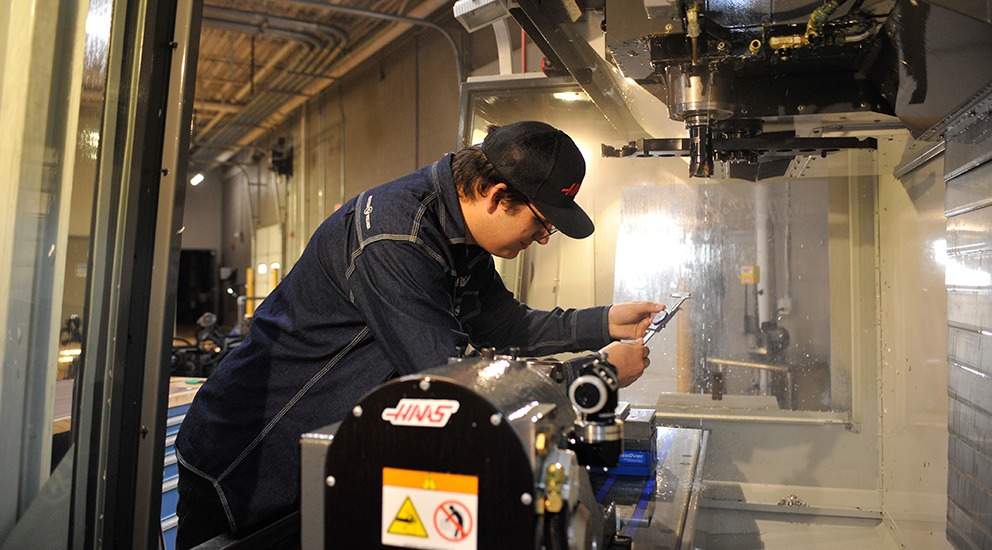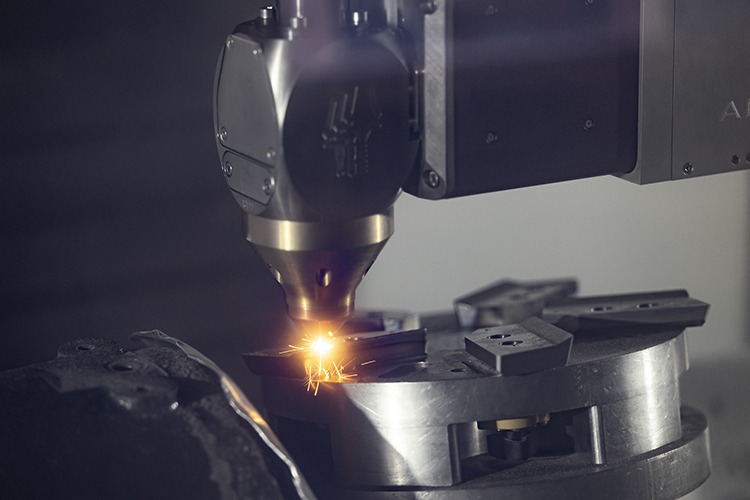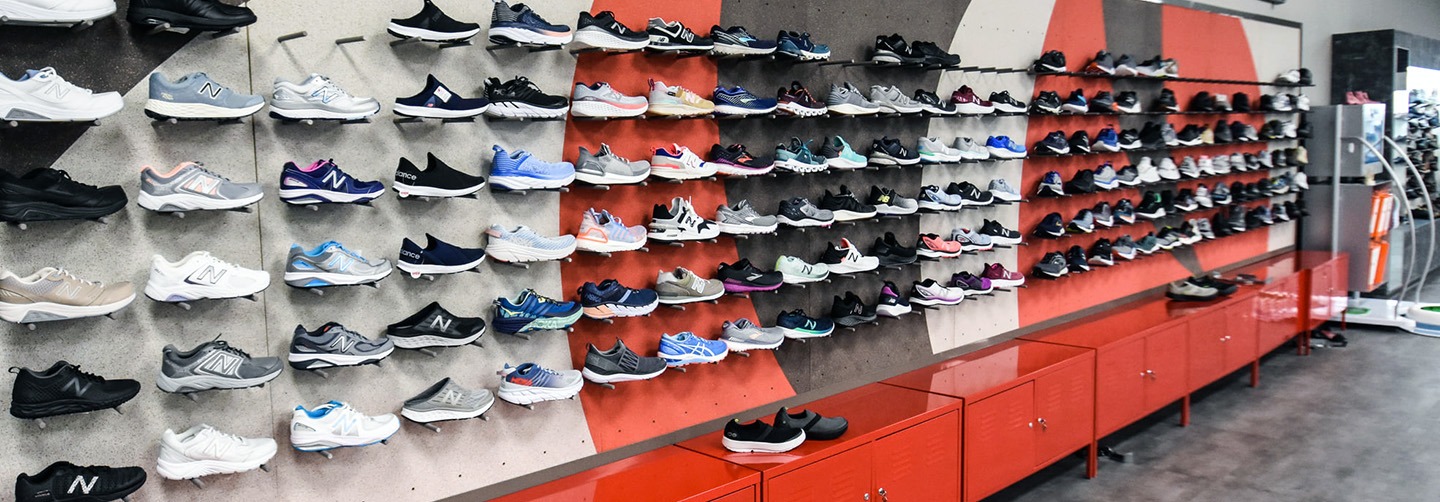
Jahabow uses CAD and CAM to Make Products No One Has Ever Seen
As a manufacturer of retail display cases, Jahabow’s ability to make products that function well and look phenomenal is vital. Thanks to its CAD/CAM software, which enables advanced design and machining techniques, Jahabow can serve customers that no one else can.
Quick Facts:
Product Used: Mill
Industry: Woodworking, Custom Job Shop
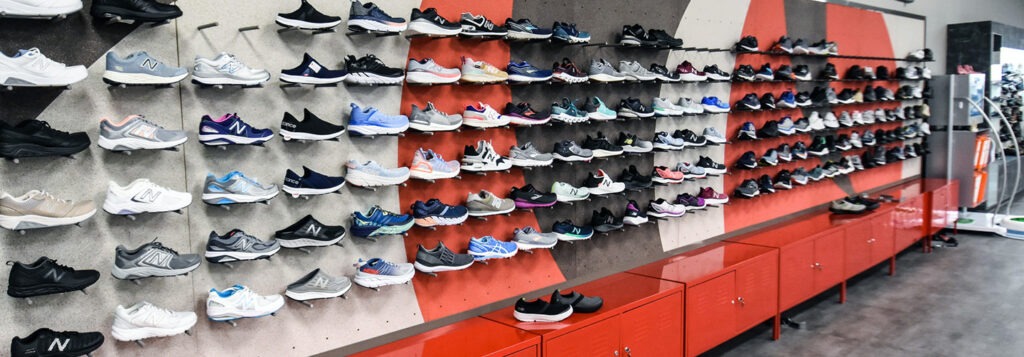
Project Details:
- The Challenge: Finding a way not only to design unique parts but to manufacture them accurately.
- The Solution: Mastercam, the most widely used CAD/CAM software for machining applications.
- Benefits:
- Seamless pairing with third-party add-ons like SOLIDWORKS.
- Sophisticated yet intuitive solid modeling.
- Simulation functions that guarantee successful, efficient machining.
- Worldwide network of expert Resellers that serve as local hubs of support.
Jahabow, LLC, has seen massive growth since it was founded in 1973 as a family-owned business. Now a national leader in manufacturing commercial grade retail display cases, Jahabow serves companies such as Walmart, Kay Jewelers, and Academy Sports. How are they able to service such a diverse group of retailers? The company can custom design and manufacture precisely what the customer needs and deliver it on time.
“Customers nowadays want something appealing to the eye, something that can draw a person into their store. To do that, it requires a lot of intense design work on our end,” said Design Engineer Manager Bryan Westhoff.
He recalled a recent project that a customer presented to him for one crucial reason—no other manufacturer had ever done it before, and they knew Jahabow could.
“One of the last ones we did here lately was a huge wall covered in rubber cork of different colors and shapes. A lot of CNC work was involved in figuring out how to build it in such a way that everything married up well and looked seamless,” recalled Westhoff.
The wall, which was covered in bizarre shapes of all different radii, was too large to machine as one part but still had to look like one complete piece. The wall is 6-foot-high x 32-feet long, was built in nine sections, and had to be assembled in-store to be used as a pegboard to hold shoes. Through trial and error, it took the engineering team a couple of weeks to figure out how to machine it. Their saving grace was their software, Mastercam 2021 Router CAD/CAM software, and Mastercam for Solidworks.
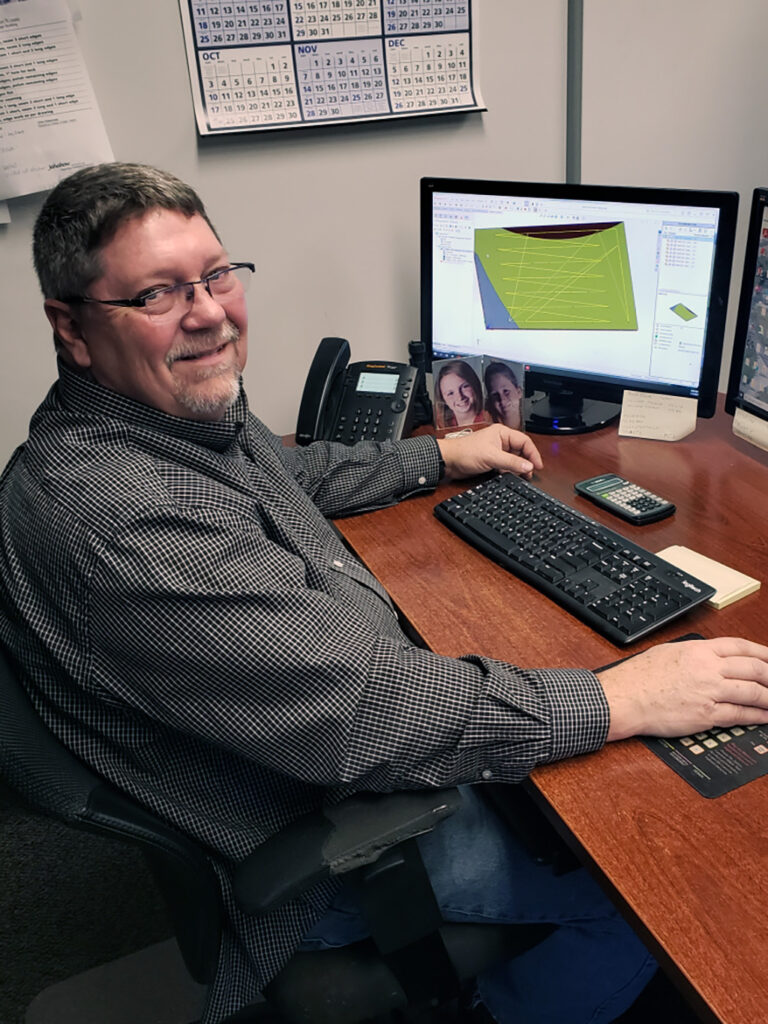
The combination of the two programs allows programmers to take advantage of the modeling, assembly, and drawing features of Solidworks then program associative toolpaths within that same environment.
“With the weird design this wall had, given those curves and everything else, it would have been impossible to program it without this software,” said Westhoff.
One of the stickiest problems with the project involved leaving just enough rubber around the interlocking sections so that everything looked seamless when assembled. The engineering team designed the entire wall in Solidworks then programmed corresponding toolpaths using the CAM features.
“Since it was Mastercam and Solidworks, it was easy to just bring it over, click our planes, and start our contours. We were able to pull it straight into Mastercam,” continued Westhoff. “Filling that void was tricky, but with the software, we were able to do our offset and get the wall looking perfect.”
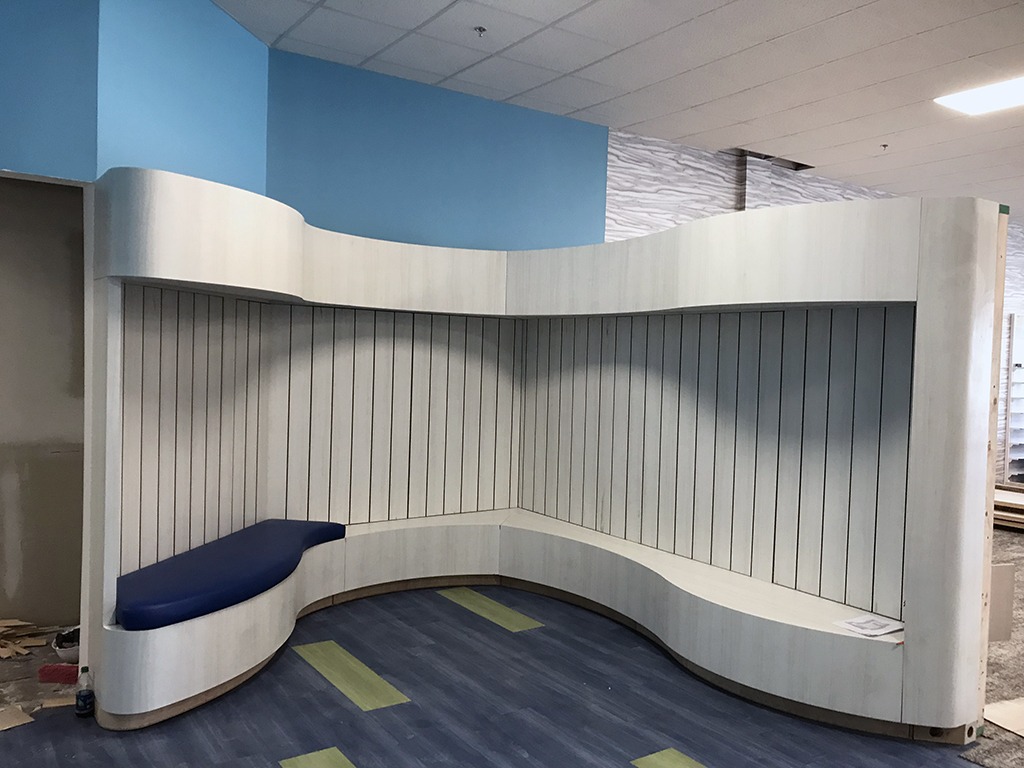
Once the wall was designed, the team was confronted with a new problem—the brittleness of the rubber from which the wall was machined.
“With the rubber, you can’t just start on one end and come through to finish on the other end, because it’ll tear that final end apart,” explained Westhoff.
The engineers decided to have a right-hand tool start on one end while a left-hand tool cut on the other, so that they would meet in the middle. Even so, there was no room for error. Westhoff needed a guarantee that his code was going to run without ripping his stock. That is where simulation came into play.
He said, “One of the great things about Mastercam is the verification program. We can actually verify that it was going to do what we wanted it to do and see the toolpaths before we even started cutting any chips.”
By running Mastercam’s Verify and Backplot functions, Westhoff and his team could tell at a glance if something wasn’t right. The Verify screen simulates every step during machining and highlights potential gouges and collisions before they occur. Westhoff was able to run his program with the confidence that his rubber would not be blown apart.

The software combination has revolutionized the way Jahabow manufactures. Westhoff recalled when he first started with the company about a decade ago, the entire engineering department depended on 2D drawings for its parts, modeled in Solidworks and then pulled into a different CAM software.
“It was so time intensive and laborious that it was practically hand-writing the code. Something was constantly going wrong—a decimal in the wrong place, incorrect adjustments, missing features like end bores,” he said.
“Now with Mastercam for Solidworks, you’re going to be accurate. I can sit there and click on a whole arc or click on a groove, and I know it’s going to be the in the location I want it to be in.”
Jahabow has even gone so far as to automate part of its quality assurance through Solidworks in-process inspection software. That quality guarantee translates directly into time savings. The programmers don’t waste time navigating confusing programming interfaces, dealing with crashes, or checking parts for accuracy.
Customer Quote
“With the weird design this wall had, given those curves and everything else, it would have been impossible to program it without this software. Since it was Mastercam and SOLIDWORKS, it was pretty easy to just bring it over, click our planes, and start our contours. We were able to pull it straight into Mastercam.”
– Bryan Westhoff, Design Engineer Manager at Jahabow Industries, Inc.
Reseller Quote
“If we have a glitch in one of our programs or there is something we don’t understand, we send it to the folks at QTE. For example, we recently had a job where we ran into a challenge. We called QTE, they looked at it, found the problem quickly, and showed us how to program the toolpaths. When new versions of software come out, we can always call them with questions and challenges, they are available to help us through it and get up and running as soon as possible.”
– Bryan Westhoff, Design Engineer Manager at Jahabow Industries, Inc.
